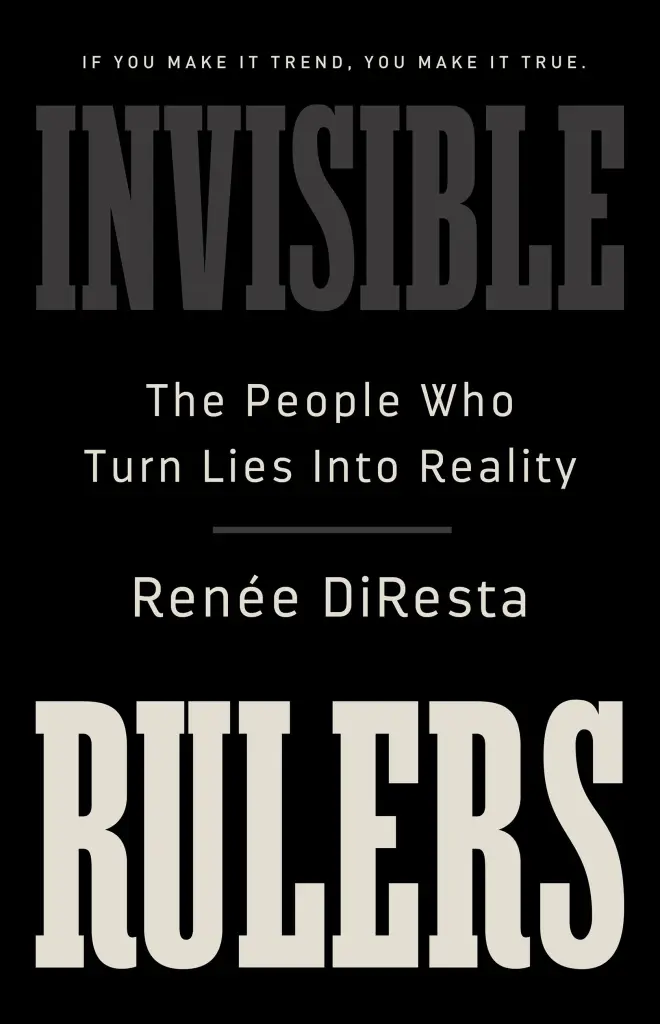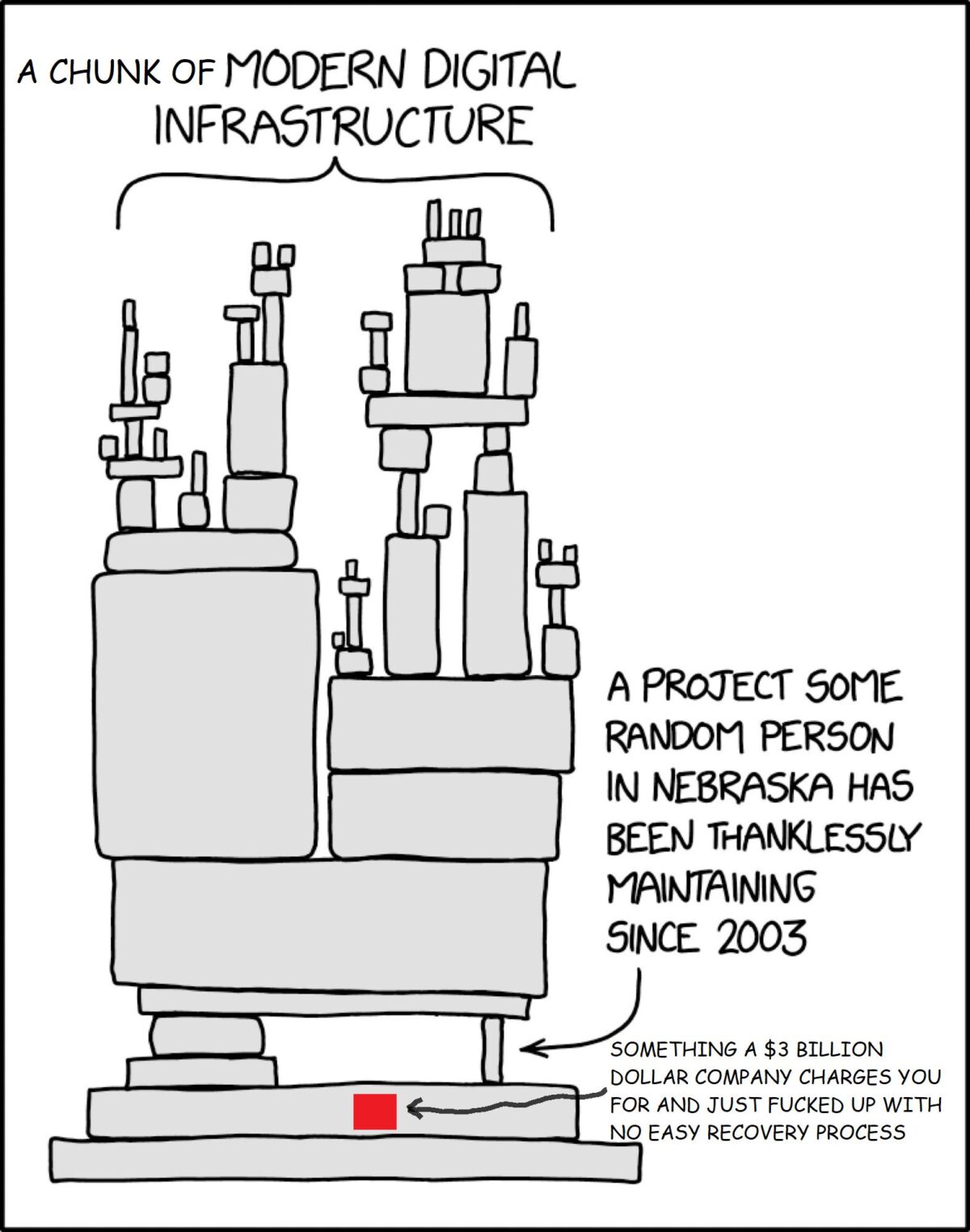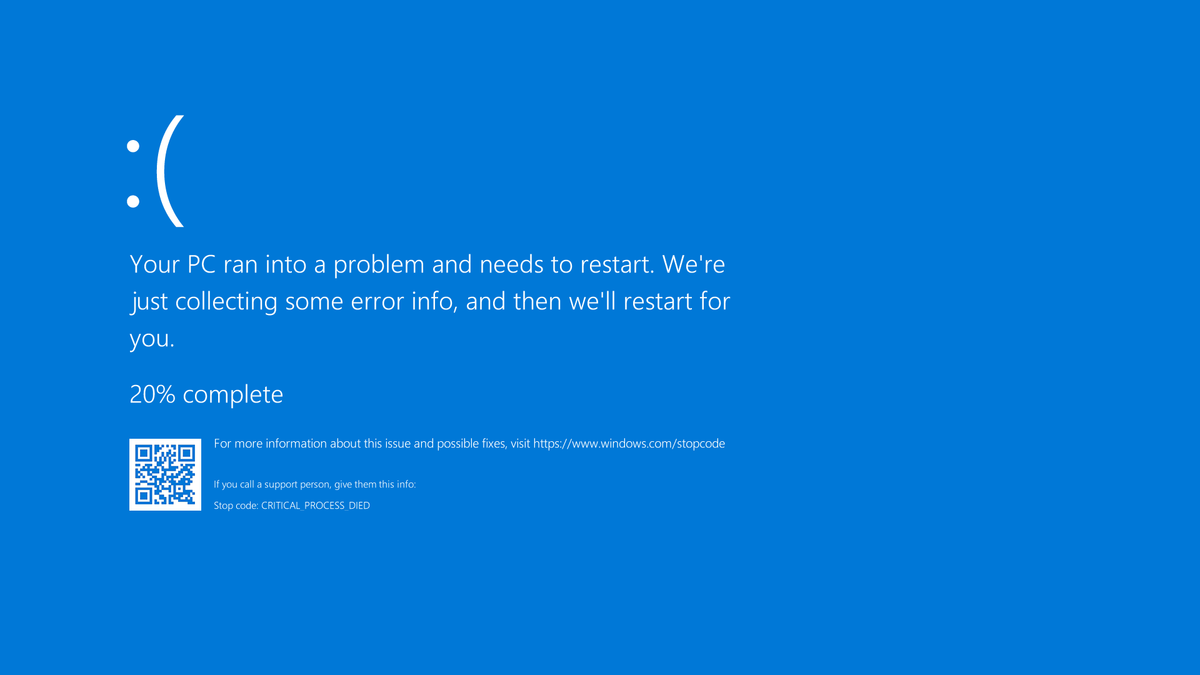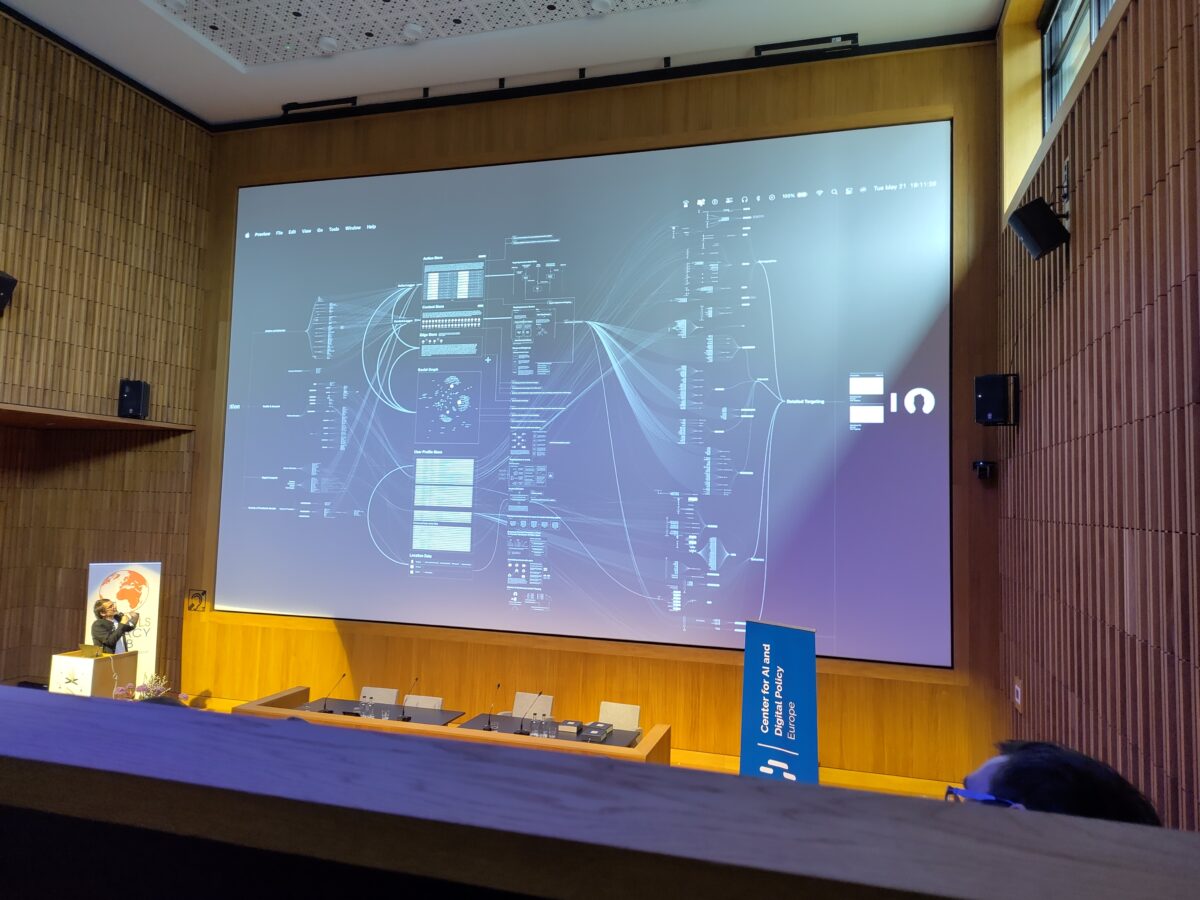It should be easy for the UK’s Competition Authority to shut down the proposed merger of Vodafone and Three, two of the UK’s four major mobile network providers. Remaining as competition post-merger would be EE (owned by BT) and Virgin Media O2 (owned by the Spanish company Telefónica and the US-listed company Liberty Global).
The trade union Unite is correctly calling the likely consequences: higher prices, fewer choices, job losses, and poorer customer service. In response, Vodafone and Three are dangling a shiny object of temptation: investment in building 5G network.
Well, hogwash. I would say “Don’t do this” even if I weren’t a Three customer (who left Vodafone years ago). Let them agree to collaborate on building a sbared network and compete on quality and services, but not merge. See the US broadband market, where prices are high, speeds are low, and frustrated consumers rarely have more than one option and take heed.
***
It’s a relief to see some sanity arriving around generative AI. As a glance at the archives will show, I’ve never been a fan; last year Jon Crowcroft and I predicted the eventual demise of large language models due to model collapse. Now, David Gray Widder and Mar Hicks warn in a paper that although the generative AI bubble is deflating, its damage will persist: “…carbon can’t be put back in the ground, workers continue to need to fend off AI’s disciplining effects, and the poisonous effect on our information commons will be hard to undo.”
This week offers worked examples. Re disinformation, at The Verge Sarah Jeong describes the change in our relationship with photographs arriving with new smartphones’ ability to fake realistic images. At The Register, Dan Robinson reports that data centers and AI are causing a substantial rise in water use in the US state of Virginia.
As evidence of the deflating bubble, Widder and Hicks cite the recent Goldman Sachs report arguing that generative AI is unlikely ever to pay back its investment.
And yet: to exploit generative AI, companies and governments are reversing or delaying programs to lower carbon emissions. Also alarmingly, Widder and Hicks wonder if generative AI was always meant to fail and its promoters’ only real goals were to scoop up profits and use the inevitability narrative to make generative AI a vector for embedding infrastructural dependencies (for example, on cloud computing).
That outcome doesn’t have to have been a plan – or a conspiracy theory, just as robber barons don’t actually need to conspire in order to serve each other’s interests. It could just as well be a circumstances-led pivot. But companies that have put money into generative AI will want to scrounge whatever return they can get. So the idea that we will be left with infrastructure that’s a poor fit for our actual needs is a disturbing – and entirely possible – outcome.
***
It’s fascinating – and an example of how you never know where new technologies will lead – to learn that people are using DNA testing to prove they qualify for citizenship in other countries such as Ireland, where a single grandparent will get you in. In some cases, such as the children of unmarried Irish women who were transported to England, this use of DNA testing rights historic wrongs. For others, it opens new opportunities such as the right to live in the EU. Unfortunately, it’s easy to imagine that in countries where citizenship by birthright is a talking point for the right wing this type of DNA testing could be mooted as a requirement. I’d like to think that rounding up babies for deportation is beyond even the most bigoted authoritarians, but…
***
The controversial British technology entrepreneur Mike Lynch has died a billionaire’s death; his superyacht sank in a tornado off the coast of Sicily. I interviewed him for Salon in 2000, when he was newly Britain’s first software billionaire. It was the first time I heard of the theorem developed by Thomas Bayes, an 18th century minister and mathematician (which now is everywhere), and for a long time afterwards I wasn’t certain I’d correctly understood his comments about perception and philosophy. This was exacerbated by early experience with his software in 1996, when it was still a consumer desktop search product fronted by an annoying cartoon dog – I thought it unusably slow compared to pre-Google search engines. By 2000, Autonomy had pivoted to enterprise software, which seemed a better fit.
In 2011, Sharon Bertsch McGrayne‘s book, The Theory That Would Not Die, explained things more clearly. That year, Lynch hit a business peak by selling Autonomy to Hewlett-Packard for $11 billion. A year later, he left HP, and set up Invoke Capital to invest in companies with fundamental technology ideas that scale.
Soon afterwards, HP wrote down $8.8 billion and accused Lynch of accounting fraud. The last 12 years of his life were spent in courtrooms: first a UK civil case, decided for HP in 2022, which Lynch was appealing, then a fight against extradition, and finally a criminal trial in the US, where former Autonomy CFO Sushovan Hussein had already been sent to jail for five years. Lynch’s fatal yacht trip was to celebrate his acquittal.
Illustrations: A Customs and Border Protection scientist reads a DNA profile to determine the origin of a commodity (via Wikimedia.
Wendy M. Grossman is the 2013 winner of the Enigma Award. Her Web site has an extensive archive of her books, articles, and music, and an archive of earlier columns in this series. She is a contributing editor for the Plutopia News Network podcast. Follow on Mastodon.









